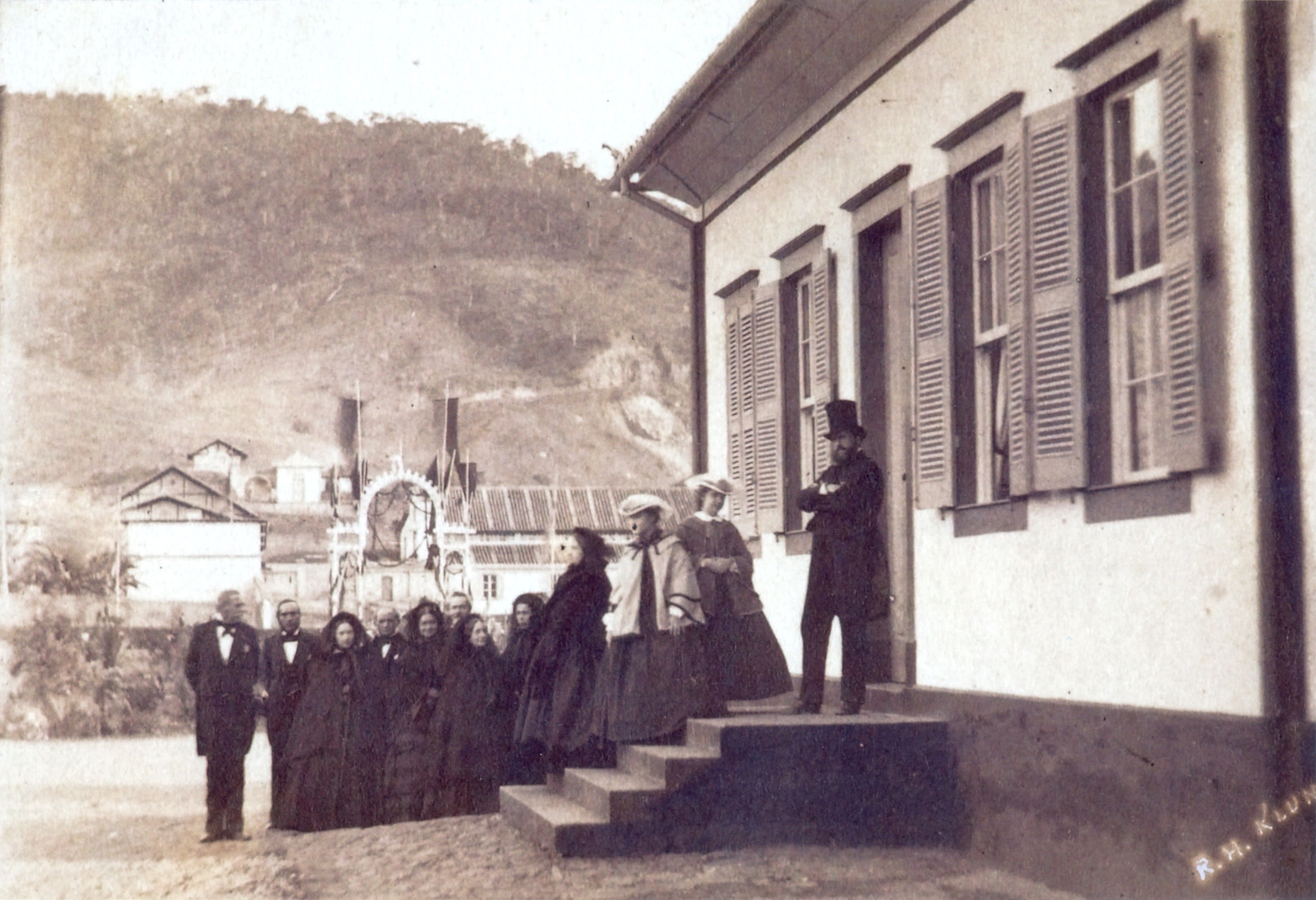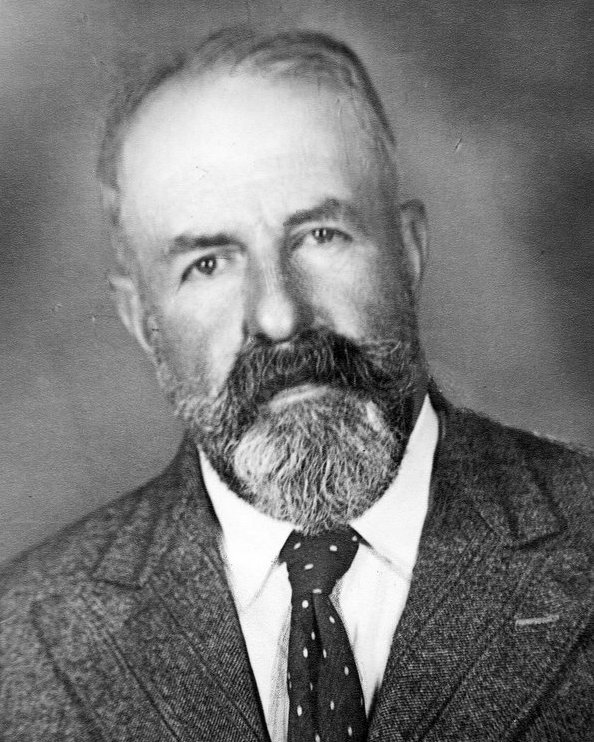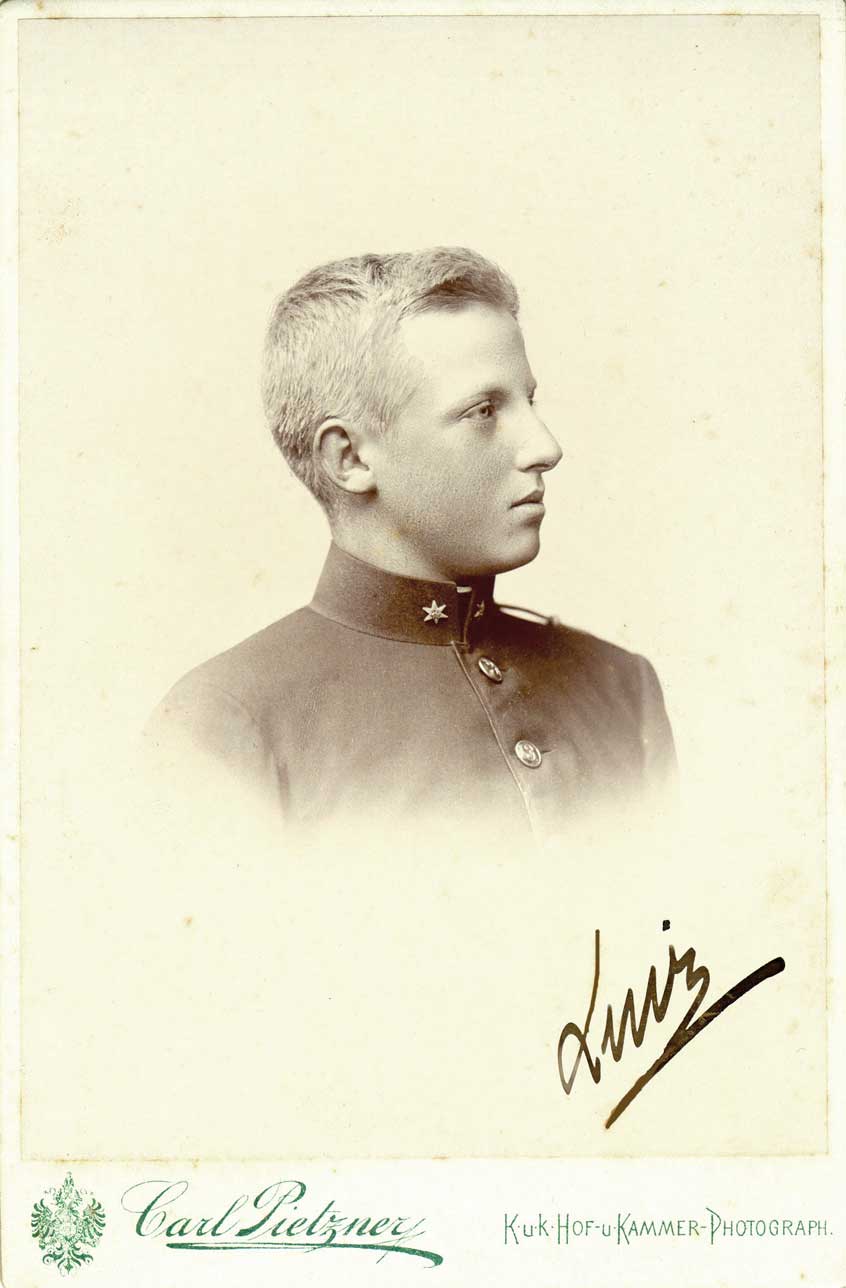|
Orléans-Braganza
The Brazilian Imperial Family (Brazilian Portuguese: ''Família Imperial Brasileira'') is a Brazilian Dynasty of Portuguese origin that ruled the Empire of Brazil from 1822 to 1889, after the proclamation of independence by Prince Pedro of Braganza who was later acclaimed as Pedro I, ''Constitutional Emperor and Perpetual Defender of Brazil''. The members of the family are dynastic descendants of Emperor Pedro I. Claimants to headship of the post-monarchic Brazilian Imperial legacy descend from Emperor Pedro II, including the senior agnates of two branches of the House of Orléans-Braganza; the so-called ''Petrópolis'' and ''Vassouras'' lines. Prince Pedro Carlos of Orléans-Braganza (born 1945) heads the ''Petrópolis'' line, while the ''Vassouras'' branch is led by his second cousin, Bertrand of Orléans-Braganza.Les manuscrits du C.E.D.R.E. – Dictionnaire Historique et Généalogique, vol. III. ''Le Royaume de Portugal, L’Empire du Brésil''. Cercle d'Études des Dynastie ... [...More Info...] [...Related Items...] OR: [Wikipedia] [Google] [Baidu] |
House Of Orléans-Braganza
The House of Orléans-Braganza ( Portuguese: ''Casa de Orléans e Bragança'') is a Brazilian noble house of Portuguese and French origin.Podesta, Don. 20 April 1993Claimants Dream of New Brazilian Monarchy It is a cadet branch of the House of Braganza, of Portugal and later Brazil, and the House of Orléans, of France. The house was founded with the marriage between Isabel of Braganza, Princess Imperial of Brazil, and Prince Gaston of Orléans, Count of Eu. The house was never a reigning house, as Brazil's pure Braganza monarch, Pedro II, was deposed in 1889. The House's members are the current claimants to the Brazilian throne since 1921 as part of the Imperial House of Brazil. History In 1864, the Emperor Pedro II of Brazil was looking for a match to his daughters. The Emperor's sister, Princess of Joinville suggested her nephews, Prince Gaston, Count of Eu, and Prince Ludwig August of Saxe-Coburg and Gotha, both grandsons of King Louis Philippe of France, as su ... [...More Info...] [...Related Items...] OR: [Wikipedia] [Google] [Baidu] |
House Of Braganza
The Most Serene House of Braganza ( pt, Sereníssima Casa de Bragança), also known as the Brigantine Dynasty (''Dinastia Brigantina''), is a dynasty of emperors, kings, princes, and dukes of Portuguese origin which reigned in Europe and the Americas. The house was founded by Afonso I, 1st Duke of Braganza, illegitimate son of King John I of Portugal of the House of Aviz, and would eventually grow into one of the wealthiest and most powerful noble houses of Iberia during the Renaissance period. The Braganzas came to rule the Kingdom of Portugal and the Algarves after successfully deposing the Philippine Dynasty in the Restoration War, resulting in the Duke of Braganza becoming King John IV of Portugal, in 1640. The Braganzas ruled Portugal and the Portuguese Empire from 1640 and with the creation of the United Kingdom of Portugal, Brazil and the Algarves, in 1815, and the subsequent independence of the Empire of Brazil, in 1822, the Braganzas came to rule as the monarchs ... [...More Info...] [...Related Items...] OR: [Wikipedia] [Google] [Baidu] |
Pedro De Alcântara, Prince Of Grão-Pará
'' Dom'' Pedro de Alcântara of Orléans-Braganza, Prince of Grão Pará (15 October 1875 – 29 January 1940) was the first-born son of '' Dona'' Isabel, Princess Imperial of Brazil and Prince Gaston of Orléans, Count of Eu, and as such, was born second-in-line to the imperial throne of Brazil, during the reign of his grandfather, Emperor ''Dom'' Pedro II, until the empire's abolition. He went into exile in Europe with his mother when his grandfather was deposed in 1889, and grew up largely in France, at a family apartment in Boulogne-sur-Seine, and at his father's castle, the Château d'Eu in Normandy. Early life Pedro was born on 15 October 1875 in the Imperial Palace of Petrópolis. He was the first son of Isabel, Princess Imperial of Brazil and her husband Prince Gaston, Count of Eu. As first son of the heiress to the throne, he was entitled Prince of Grão-Pará and was the presumptive heir to the Brazilian throne at his birth. Pedro was educated by preceptors, ... [...More Info...] [...Related Items...] OR: [Wikipedia] [Google] [Baidu] |
Bertrand Of Orléans-Braganza
Bertrand of Orléans-Braganza (born ''Bertrand Maria José Pio Januário Miguel Gabriel Raphael Gonzaga de Orléans e Bragança''; 2 February 1941, in Mandelieu-la-Napoule, Vichy France) is the head of the Vassouras branch of the House of Orléans-Braganza and one of two claimants to the defunct Brazilian throne. He succeeded his brother Luiz of Orléans-Braganza to the claim on 15 July 2022. The Vassouras branch claims the throne in opposition to the Petrópolis branch of the Orléans-Braganzas, headed by Pedro Carlos Orléans-Braganza. Although Bertrand and Pedro Carlos respectively were and are great-grandchildren of Princess Isabel (daughter of Emperor D. Pedro II), of the House of Braganza, they disputed leadership over the Brazilian Imperial Family due to a dynastic dispute concerning their fathers, who were cousins. Biography Early life The third son of Pedro Henrique of Orléans-Braganza and Princess Maria Elisabeth of Bavaria, his elder brothers are, in order, Luiz ... [...More Info...] [...Related Items...] OR: [Wikipedia] [Google] [Baidu] |
Prince Luís Of Orléans-Braganza (1878–1920)
, house = Orléans-Braganza , father = Prince Gaston, Count of Eu , mother = Isabel, Princess Imperial of Brazil , birth_date = , birth_place = Petrópolis, Empire of Brazil , death_date = , death_place = Cannes, France , burial_place = Royal Chapel, Dreux, France , religion = Roman Catholicism Prince Luís of Orléans-Braganza (26 January 1878 – 26 March 1920), was a claimant to the former throne of the Empire of Brazil. He was born in Brazil, the second son of Prince Gaston, Count of Eu, and Isabel, Princess Imperial of Brazil. He was exiled along with his family as the result of the 1889 coup d'état that resulted in the formation of the republic. In 1908, the year he married, his older brother Pedro renounced his claim to succeed his mother in her claim to the imperial throne, leaving '' Dom'' Luís as her heir. In this role he worked with monarchists in Brazil in several attempts to restore the monarchy. At the outbreak of Worl ... [...More Info...] [...Related Items...] OR: [Wikipedia] [Google] [Baidu] |
Prince Imperial Of Brazil
Prince Imperial is the title created after the proclamation of independence of the Empire of Brazil, in 1822, to designate the heir apparent or the heir presumptive to the Brazilian imperial throne. Even after the proclamation of the Republic in 1889, the title was kept in use by the Brazilian Imperial Family. Overview According to article 105 of the Brazilian Constitution of 1824, the title Prince Imperial should be used to designate the first in line to the imperial throne of Brazil. The Constitution also specifies that the eldest son of the Prince Imperial should be designated Prince of Grão-Pará, indicating the second in line of succession. The last Emperor of Brazil, Pedro II, died in 1891, two years after the abolition of the Brazilian monarchy. His daughter, Isabel, Princess Imperial of Brazil, was the last holder of the title during the existence of the Empire. Since then, the title has been used by the heir to the head of the Brazilian Imperial House. All the Braz ... [...More Info...] [...Related Items...] OR: [Wikipedia] [Google] [Baidu] |
Prince Of Grão-Pará
The Prince of Grão-Pará was the title bestowed on the eldest son of the Prince Imperial of Brazil. The title holder was the second in the line of succession to the throne of the Empire of Brazil, after the Prince Imperial. The title was established by article 105 of the 1824 Brazilian Constitution, which read: :''O Herdeiro do Imperio terá o Titulo de "Principe Imperial" e o seu Primogenito o de "Principe do Grão Pará" todos os mais terão o de "Principes". O tratamento do Herdeiro será o de "Alteza Imperial" e o mesmo será o do Principe do Grão Pará: os outros Principes terão o Tratamento de Alteza.'' :(The heir presumptive of the Empire will have the title of "Prince Imperial" and his first born son the title of "Prince of Grão-Pará", all the others shall have that of "Prince". The style of the heir presumptive and the Prince of Grão-Pará will be "Imperial Highness": the other princes will have the style of "Highness".) The only holder of the title under the cons ... [...More Info...] [...Related Items...] OR: [Wikipedia] [Google] [Baidu] |
Isabel, Princess Imperial Of Brazil
, house = Braganza , father = Pedro II of Brazil , mother = Teresa Cristina of the Two Sicilies , birth_date = , birth_place = Palace of São Cristóvão, Rio de Janeiro, Brazil , death_date = , death_place = Château d'Eu, Eu, France , burial_date = , burial_place = Cathedral of São Pedro de Alcântara, Petrópolis, Brazil , signature = Isabel princess imperial signature.png , signature_alt = Cursive signature in ink , religion = Roman Catholic '' Dona'' Isabel (29 July 1846 – 14 November 1921), nicknamed "the Redemptress", was the Princess Imperial ( heir presumptive to the throne) of the Empire of Brazil and the Empire's regent on three occasions. Born in Rio de Janeiro as the eldest daughter of Emperor Pedro II of Brazil and Empress Teresa Cristina, she was a member of the Brazilian branch of the House of Braganza (Portuguese: ''Bragança''). After the deaths of her two brothers in infancy, she was recognized a ... [...More Info...] [...Related Items...] OR: [Wikipedia] [Google] [Baidu] |
Prince Of Brazil (Brazil)
Prince of Brazil (feminine: Princess of Brazil; Portuguese: ''Príncipe do Brasil''; feminine: ''Princesa do Brasil'') was an imperial title of the Empire of Brazil, granted to the sons or daughters of the Emperor and other dynasts of the imperial family who were not the heir apparent or heir presumptive to the throne. It was also used to denote a grandson or granddaughter in the male line of a reigning monarch, with some exceptions. Style of Address A Prince or Princess of Brazil was usually entitled to the style of '' Highness'', except for the Prince/ss Imperial and Prince of Grão-Pará, who were addressed as ''Imperial Highness''. Princes or Princesses who bore additional titles of higher standing would be addressed with the style linked with the highest title they possessed. Since the agreement between the French House of Orléans and the Brazilian House of Orléans-Braganza in 1909, Brazilian princes in the line of succession to the former French throne bear the title of ... [...More Info...] [...Related Items...] OR: [Wikipedia] [Google] [Baidu] |
List Of Monarchs Of Brazil
The monarchs of Brazil ( Portuguese: ''monarcas do Brasil'') were the imperial heads of state and hereditary rulers of Brazil from the House of Braganza that reigned from the creation of the Brazilian monarchy in 1815 as a constituent kingdom of the United Kingdom of Portugal, Brazil and the Algarves until the republican coup d'état that overthrew the Empire of Brazil in 1889.Bandeira, Moniz. ''Casa da Torre de Garcia d'Avila''. Editora Record, 2000, pp. 423–425 The coast of the territory which would become known as Brazil was first explored by Portuguese navigators on 22 April 1500. This territory was subsequently colonized by the Portuguese crown. Since the transfer of the Portuguese court to Brazil in 1808, colonial rule had de facto ended. On 16 December 1815, Prince Regent John, the future king John VI, raised Brazil to the status of a kingdom, thus making his mother, Maria I, the reigning queen, the first monarch of Brazil. The next year, 20 March 1816, John succee ... [...More Info...] [...Related Items...] OR: [Wikipedia] [Google] [Baidu] |
Petrópolis
Petrópolis (; ), also known as The Imperial City, is a municipality in the Southeast Region of Brazil. It is located in the state of Rio de Janeiro, northeast of the city of Rio de Janeiro. According to the 2010 National Brazilian Census, Petrópolis municipality had 295,917 inhabitants that year, up from 286,537 inhabitants at the last census. Besides being the largest and most populous city in the Fluminense Mountain Region, the city also has the largest GDP and HDI in the region. The town's name ("city of Peter") honors Pedro II, the last Emperor of Brazil, who is entombed there at the Cathedral of Saint Peter of Alcantara. The city was the summer residence of the Brazilian Emperors and aristocrats in the 19th century, and was the official capital of the state of Rio de Janeiro during the First Brazilian Republic, between 1894 and 1902. There are projects to annex Petrópolis again to the Metropolitan Region of Rio de Janeiro, because it is linked to the capital by pol ... [...More Info...] [...Related Items...] OR: [Wikipedia] [Google] [Baidu] |
Prince Pedro Gastão Of Orléans-Braganza
A prince is a male ruler (ranked below a king, grand prince, and grand duke) or a male member of a monarch's or former monarch's family. ''Prince'' is also a title of nobility (often highest), often hereditary, in some European states. The female equivalent is a princess. The English word derives, via the French word ''prince'', from the Latin noun , from (first) and (head), meaning "the first, foremost, the chief, most distinguished, noble ruler, prince". Historical background The Latin word (older Latin *prīsmo-kaps, literally "the one who takes the first lace/position), became the usual title of the informal leader of the Roman senate some centuries before the transition to empire, the ''princeps senatus''. Emperor Augustus established the formal position of monarch on the basis of principate, not dominion. He also tasked his grandsons as summer rulers of the city when most of the government were on holiday in the country or attending religious rituals, and, fo ... [...More Info...] [...Related Items...] OR: [Wikipedia] [Google] [Baidu] |




.gif)


.png)


.png)

